か(ka) is a very useful little syllable. Think of it as a ? question mark.
Once we add the -か (ka) to the sentence, what was a statement becomes a question.
それはおいしい です 。That is delicious.
→ それはおいしい ですか 。 Is that delicous?
日本語 / にほんご / Japanese
(1)それはおいしい ですか。
(2)その本は面白いですか。
(3)あなたは 日本人 です か。
(4)あなたは質問がありますか。
(5)あなたはジャズが好きですか。
(6)あなたの子供は動物園が好きですか。
ことばと表現 / Words & Expressions
動物園【どうぶつえん】zoo
英語 / えいご / English
(1) Is that delicious?
(2) Is the book interesting?
(3) Are you Japanese?
(4) Do you have any questions?
(5) Do you like Jazz?
(6) Do your children like a zoo?
ひらがな / Hiragana
(1)それはおいしい ですか。
(2)そのほんはおもしろいですか。
(3)あなたは にほんじん です か。
(4)あなたはしつもんがありますか。
(5)あなたはじゃずがすきですか。
(6)あなたのこどもはどうぶつえんがすきですか。
ローマ字 / Roman letters
(1) Sore wa oishî desu ka.
(2) Sono hon wa omoshiroi desu ka.
(3) Anata wa nihonjin desu ka.
(4) Anata wa shitsumon ga ari masu ka.
(5) Anata wa jazu ga suki desu ka.
(6) Anata no kodomo wa dôbutsuen ga suki desu ka.









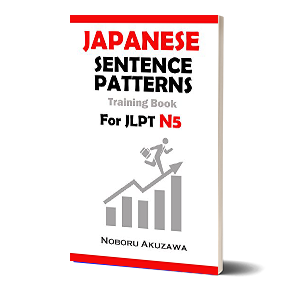
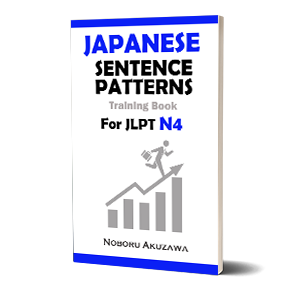
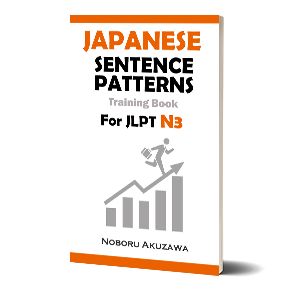
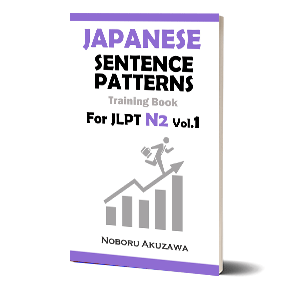
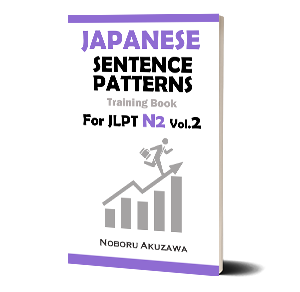
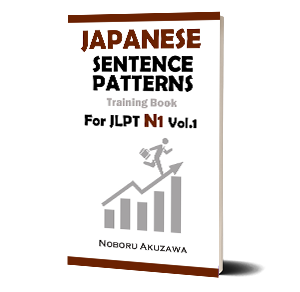
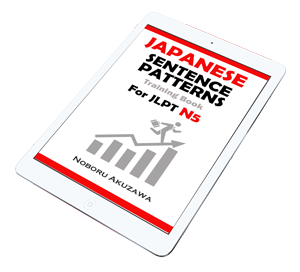
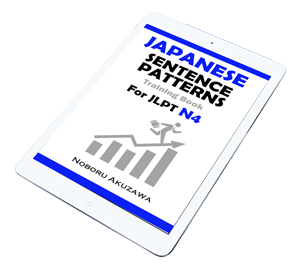
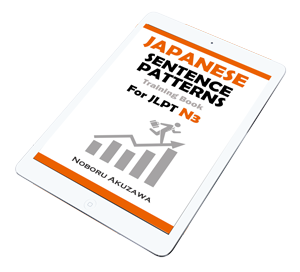
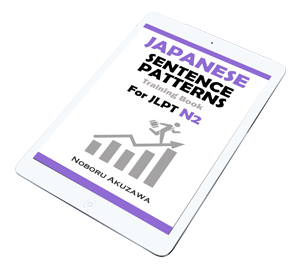
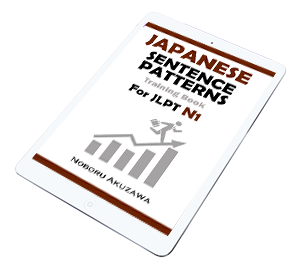



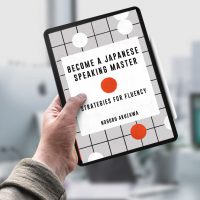






No comments yet.